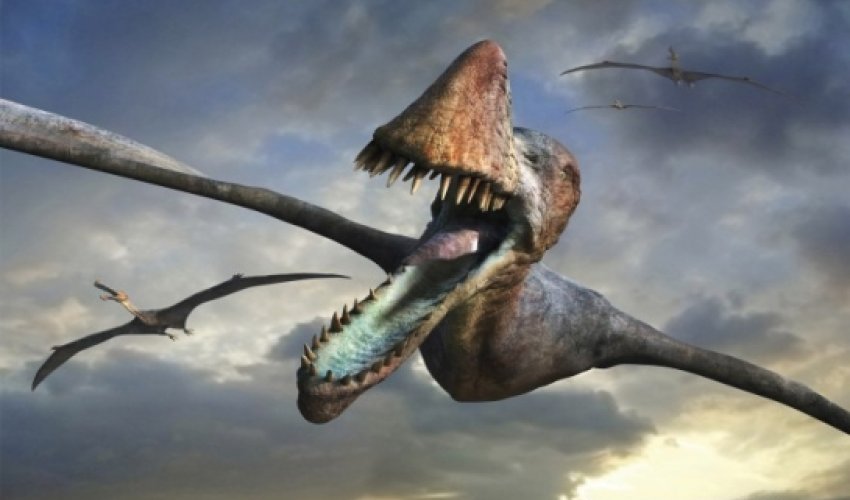Flying pterosaurs were as big as it gets, study finds

Pterosaurs, the flying dragons of the dinosaur age, could not have grown any bigger without being grounded, scientists believe.
The flying reptiles included the mightiest creatures that have ever taken to the air, some weighing a quarter of a ton with wingspans of up to 10m (33ft).
But had they been just a little larger, they would never have got off the ground, according to a new study.
Scientists used 3D images of fossils to produce a computer model of a pterosaur with a 6m (20ft), 9m (30ft) or 12m (40ft) wingspan.
Even the largest pterosaur could have stayed aloft using intermittent wing flapping to find air currents on which to soar, the results showed. It would also have been able to slow down enough to make a safe landing.
But taking off was another matter.
Unlike modern birds, pterosaurs launched themselves into the air using both their arms and legs. However, the research showed that once wingspans approached 12m, the push-off force required for a "quadrupedal launch" became impossibly great.
Lead scientist Colin Palmer, from the University of Bristol, said: "Getting into the air ultimately limited pterosaur size.
Even with their unique four-legged launch technique, the iron laws of physics eventually caught up with these all-time giants of the Cretaceous skies."
The research is reported in the Journal of Vertebrate Paleontology.
Contrary to common opinion, pterosaurs were not flying dinosaurs.




































 Photo
Photo 



 Video
Video 

